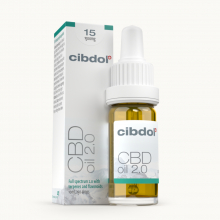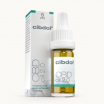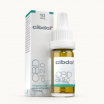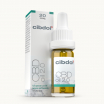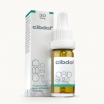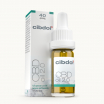The Many Uses of Hemp
Published:
Hemp is one of the most versatile plants on earth. For thousands of years, humans have utilized hemp for a wide range of applications, from textiles and rope to food and medicine. With over 25,000 known uses, hemp offers solutions for many of today's problems. As hemp gains legal status and public acceptance, its diverse applications continue to expand.
Contents:
- A Brief History of Hemp
- Hemp for Health and Nutrition
- Sustainable Textiles and Eco-Friendly Products
- Hemp Biofuels, Building Materials, and More
- The Future is Green: Embracing Hemp
- Frequently Asked Questions About the Uses of Hemp
- What are some of the main uses of hemp?
- How does hemp compare to cotton in terms of sustainability?
- What nutrients does hemp provide?
- How does hempcrete compare to concrete in construction?
- What types of fuels can hemp produce?
- How does hemp plastic compare to traditional plastics?
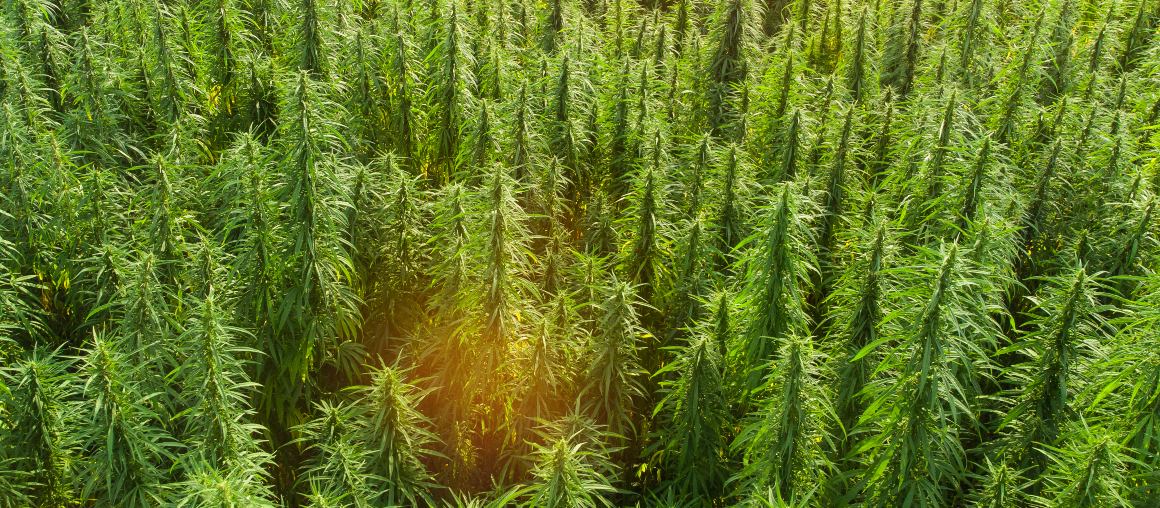
A Brief History of Hemp
Hemp has an extensive history spanning over 10,000 years. It is one of the earliest known plants cultivated for textile fiber and seed oil. Archeologists have found evidence of hemp cloth in Mesopotamia (modern day Iraq and Iran) dating back to 8000 BC.
For centuries, hemp was a prized commodity for its durability and strength. The word "canvas" actually derives from the Latin word for hemp, cannabis. Canvas clothing and sails equipped ancient armies and navies. Hemp fiber's toughness made it ideal for ropes and rigging.
Hemp also offered nutritional value through its edible seeds, leaves, and oil. Famous figures like George Washington and Thomas Jefferson grew hemp crops on their plantations. The American colonies even used hemp as legal tender. For over 200 years in America, growing hemp was considered a patriotic duty to produce essential materials for the fledgling nation.
The 20th century brought changing attitudes as hemp got caught up in anti-marijuana legislation. But today, as marijuana laws relax and its health benefits and eco-friendly nature become more apparent, hemp is experiencing a resurgence.
Now let's take a look at the many different ways hemp can improve our lives in the 21st century.
Hemp for Health and Nutrition
While you may think of hemp as just the non-psychoactive cousin of marijuana, it offers significant nutritional benefits:
- Hemp seeds and oil are highly nutritious, providing essential fatty acids, minerals, vitamins, and protein.
- Hemp seeds are one of the only plant sources for complete protein, with all 9 essential amino acids.
- Hemp oil contains the optimal ratio of omega fatty acids, 3:1 Omega 6 to Omega 3, recommended for human health.
- Hemp seeds provide gamma linolenic acid (GLA), which has anti-inflammatory properties.
- Hemp oil delivers vitamin E, carotene, phytosterols, and phospholipids to support skin, heart, and immune health.
- The CBD extracted from hemp has no psychoactive effects but may ease pain, anxiety, sleep disorders, and more.
With this impressive nutritional profile, it's no wonder hemp food products like hemp seeds, protein powder, milk, and oil are growing in popularity. Hemp-based ingredients are increasingly found in packaged foods, drinks, personal care items, and dietary supplements.
- Health question 1: Did you know before reading this article that hemp seeds contain complete protein and essential fatty acids?
The hemp plant also offers bioactive compounds that science is only beginning to understand. Over 100 phytocannabinoids, terpenes, and flavonoids in hemp interact with our body's native endocannabinoid system. As research on these compounds accelerates, new hemp-based medicines, treatments, and preventative health applications will likely emerge.
Sustainable Textiles and Eco-Friendly Products
Hemp's use in textiles and rope spans millennia. Turns out this ancient plant can also provide solutions for modern sustainability issues.
Hemp is naturally resistant to pests, drought, mold, and weeds. It cultivates easily without herbicides or pesticides. Hemp crops enrich the soil and require less water than cotton.
Hemp fiber makes exceptionally durable and breathable fabric. Products like clothing, bedding, towels, and upholstery can be luxuriously soft yet long-lasting.
Compared to cotton and synthetic fibers, hemp textiles have a smaller environmental footprint. Manufacturing hemp fabric generates fewer greenhouse gasses and uses less energy and water.
As a rapidly renewable plant crop, hemp is a more ethical and eco-friendly alternative to leather and wool products. We are seeing hemp incorporated into shoes, bags, wallets, and other accessories.
Hemp plastic composites are moldable and biodegradable substitutes for petroleum-based plastics. Hemp plastic is used to manufacture panels, auto parts, packaging, and more.
Hemp can even be converted into high-performance graphene materials. Graphene made from renewable hemp has the potential to replace less sustainable graphene derivatives.
The strong, renewable, and biodegradable properties of hemp make it a material of the future. Consumer desire for ethical and eco-friendly products will continue to drive innovation and adoption of sustainable hemp solutions.
- Sustainability question: How does using hemp benefit the environment compared to other crops?
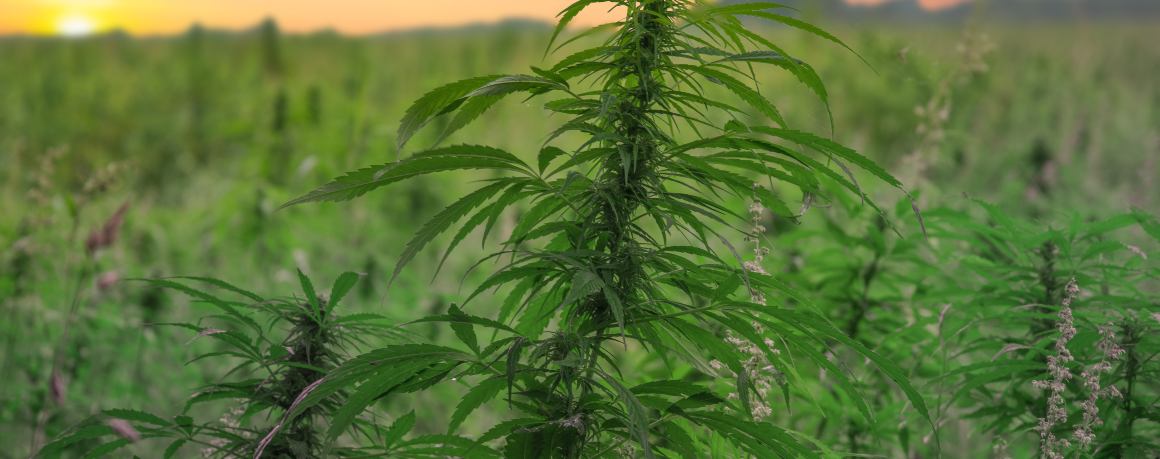
Hemp Biofuels, Building Materials, and More
As an industrial crop, hemp has applications beyond health, nutrition, and apparel. Its diverse uses seem limited only by our imagination.
Hemp can be converted into clean, renewable biofuels like biodiesel, ethanol, and methanol that combust with fewer emissions than petroleum fuels.
The fibers and hurds (inner stalk cores) leftover from hemp cultivation are used to create sustainable building materials. Hempcrete (hemp-lime composite) is mold, pest, and fire-resistant. Hemp fiberboard and insulation offer effective, non-toxic alternatives to traditional construction materials.
Hemp's cellulose-rich stalks can transform into biodegradable plastics and composites for manufacturing. These hemp-derived materials are lighter yet stiffer than traditional plastics.
Absorptive hemp fabrics are used as oil spill clean-ups. Hemp soil remediation utilizes phytoremediation to remove toxins and restore depleted fields.
We have only scratched the surface of hemp's commercial potential. As ongoing bans on hemp cultivation are lifted, researchers believe we will uncover even more innovative applications for hemp across multiple industries.
The Future is Green: Embracing Hemp
With hemp's lengthy history, it's no surprise that misconceptions and outdated restrictions have hindered this crop. But perceptions are shifting as hemp's health, environmental, and economic benefits become more widely known.
The 2018 US Farm Bill federally legalized hemp cultivation while still regulating THC levels, kickstarting this agricultural renaissance. Numerous states have passed additional hemp legislation to spur production.
Consumer demand for eco-friendly and ethically-sourced products continues rising. Public appreciation of hemp's nutritional attributes has health-conscious shoppers seeking functional foods and preventative remedies.
The hemp plant's versatile fibrous stalks, nutritious seeds, CBD-rich flowers, and an array of bioactive compounds create a wealth of opportunities. Researchers anticipate innovative medical treatments, smart textiles, sustainable building materials, energy solutions, and much more on the horizon.
Hemp's future seems brighter than ever. The stage is set for this ancient crop to once again revolutionize societies, economies, and industries - in ever greener ways.
Frequently Asked Questions About the Uses of Hemp
What are some of the main uses of hemp?
Hemp has over 25,000 known uses spanning food, textiles, building materials, biofuels, plastic alternatives, and more. Some of the main applications include:
- Nutritious hemp foods like seeds, oil, protein powder, milk, and hemp-based ingredients
- Textiles like fabric, yarn, rope, and clothing made from durable and sustainable hemp fiber
- Hempcrete and fiberboard for construction materials
- Biodegradable hemp plastics for packaging, auto parts, and other uses
- CBD oil from hemp for therapeutic remedies
- Hemp biodiesel fuel
- Hemp for phytoremediation to absorb toxins and clean soil
- Hemp oil absorbents used for oil spill cleanup
How does hemp compare to cotton in terms of sustainability?
Hemp is considered much more sustainable to grow than cotton. Hemp's natural pest, weed, and drought resistance minimize the need for herbicides, pesticides, or irrigation.
Hemp cultivation returns nutrients to the soil instead of depleting it. It also sequesters more carbon dioxide from the atmosphere.
Processing hemp into textiles and paper requires fewer chemicals and results in less pollution than cotton processing. Hemp fabric production uses less energy and water overall.
With cotton requiring heavy irrigation, pesticides, and intensive labor, hemp is a more eco-friendly textile option.
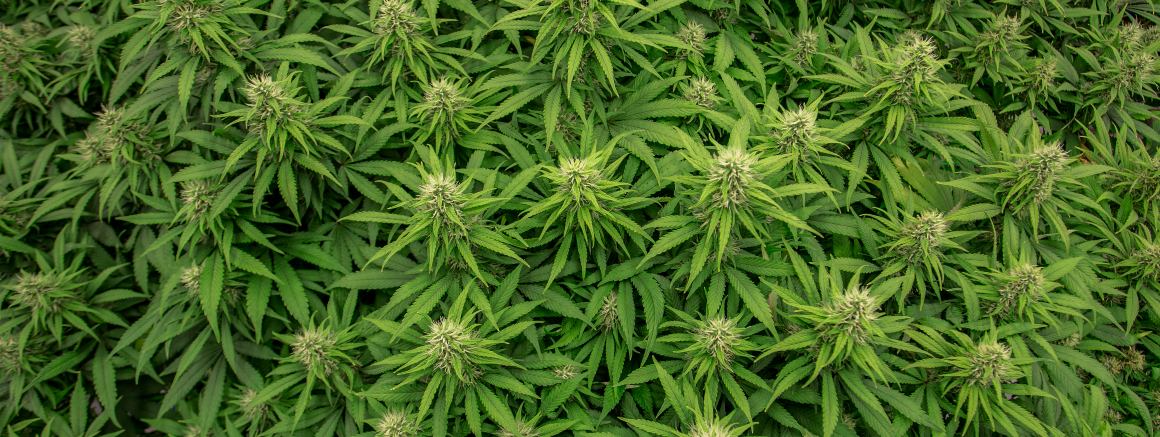
What nutrients does hemp provide?
Whole hemp seeds are rich in healthy fats, protein, fiber, minerals, and antioxidants. The seeds provide all 9 essential amino acids, making it one of the few plant-based complete proteins.
Hemp oil delivers Omega-3 and Omega-6 fatty acids in the optimal ratio for human nutrition. It also contains gamma linolenic acid and compounds like vitamin E and carotene.
Hemp leaves can be consumed as a nutritious salad green. Hemp seed hearts and flour offer protein, fiber, and minerals. Hemp milk provides an alternative source of calcium and vitamin D.
How does hempcrete compare to concrete in construction?
Hempcrete is a sustainable building material composed of hemp hurds (core fiber) mixed with lime. It offers advantages over concrete:
- Carbon-negative material that sequesters CO2 during processing
- Excellent insulation and moisture regulation properties
- Naturally mold, pest, and fire resistant
- Less energy used in production than concrete
- Less weight for easier transportation and construction
The main downside is hempcrete's lower structural strength. But combined with other materials, it creates durable, breathable construction with a smaller carbon footprint.
What types of fuels can hemp produce?
Hemp is well-suited for producing biomass fuels. Its high cellulose content can be converted into various biofuels:
- Biodiesel - made from the oil pressed from hemp seeds
- Ethanol/methanol - made by fermenting hemp stalks
- Biogas - produced by anaerobically digesting hemp waste material
- Hydrocarbon fuels - created through high-heat pyrolysis of hemp stalks
Hemp biodiesel burns cleaner than petroleum with lower emissions. And cellulosic ethanol from hemp doesn't compete with food crops for feedstock.
How does hemp plastic compare to traditional plastics?
Hemp plastic is any bioplastic polymer sourced from hemp biomass. It offers unique properties:
- Derived from rapidly renewable plant material, not fossil fuels
- Biodegradable under the right conditions
- Higher heat resistance than conventional plastics
- Can be 3-5 times stiffer yet lighter than polypropylene
- Effective electrical insulator with low dielectric loss
Hemp plastic could replace plastics in certain electronics, automobiles, packaging, and other uses. It has the benefit of biodegrading much faster than traditional plastics.







